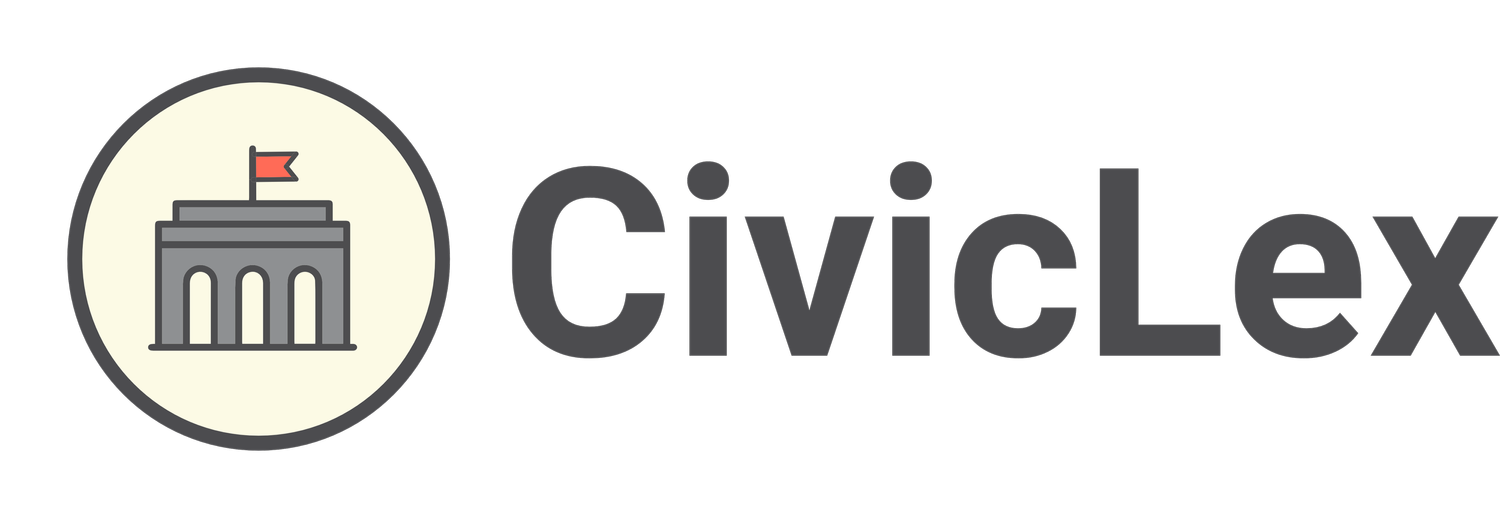Public Mapping Project - Chapter 2
For each meeting of our Redistricting Book Club, we’re posting highlights of the conversation and generalized responses to the questions and prompts for that meeting/chapter.
A free, downloadable digital copy of the Public Mapping Project is available from Cornell University here. You can also download it for free from Amazon for your kindle if you have one. It is also available for purchase for around $5.00 from Amazon and a number of other online stores.
Major consensus & takeaways:
Public mapping, while not perfect, can be a great tool for educating people about the redistricting process. We should request that the LFUCG redistricting committee accept community submitted maps.
Digital access and social capital are the two key things that we should focus on if we want to successfully undertake a public mapping process.
We need to look at past redistricting processes in Lexington and examine them through the lens of accountability to determine how we should design our process for this decade,
Question 1: Do you think we would have gotten to redistricting without the census? What do you think redistricting would be like today without census data?
The consensus among the groups was that while the Census certainly has problems - with direct enumeration in particular tending to undercount black populations and overcount white ones - it has made redistricting a more equitable process. Some participants also talked about the tension in trying to draw boundaries that were cohesive and trying to draw boundaries that were equitable.
Question 2: Did anyone know about The Washington State League of Women Voters before this chapter? If so what do you know about them? Would you like to know more about this group?
Respondents didn’t know much about the Washington State League of Women Voters’ impact on redistricting reform efforts, and this chapter provided a real glimpse into how that worked. With that said, a number of us were disappointed that this chapter didn’t contain more information about either the history of redistricting, or more specifics of reform movements.
Question 3: Is this a good dive into the history of redistricting? Is there any subject you wish they went more into depth? Do you think that it was too brief? Too short?
This was touched on somewhat in other parts of the conversation, but almost all of the book club members wanted more information, and determined that this just isn’t the book to provide that.
Question 4: Do you think the AIRC is the best reform model? Can you think of any ways to improve it?
It was difficult for many of our members to judge whether this was the best reform model. As we said in the first meeting, accountability after the redistricting process - even in the AIRC model - is really lacking.
Question 5: Even if we have the capacity to do public mapping ‘everywhere’ why are we not? What do you think is stopping people from redistricting and how do you think we can remedy that issue?
The exact same equity issues that the book brought up about computer-based redistricting in the 1970s/80s exists today. While computers are less expensive and smartphones are more widely available, there is still a serious gap in who can afford these technologies. Our book club members also agreed that the main barriers to “doing public mapping everywhere” is a lack of resources for organizing to build knowledge about the process and the social capital folks need to be involved.
We saw a potential remedy in community-led organizations leading the public mapping efforts, but often those organizations mimic the same power structures that already exist. We determined that the next chapter - which focuses on the public mapping process - will give us more information about how we can attempt to remedy this issue.
